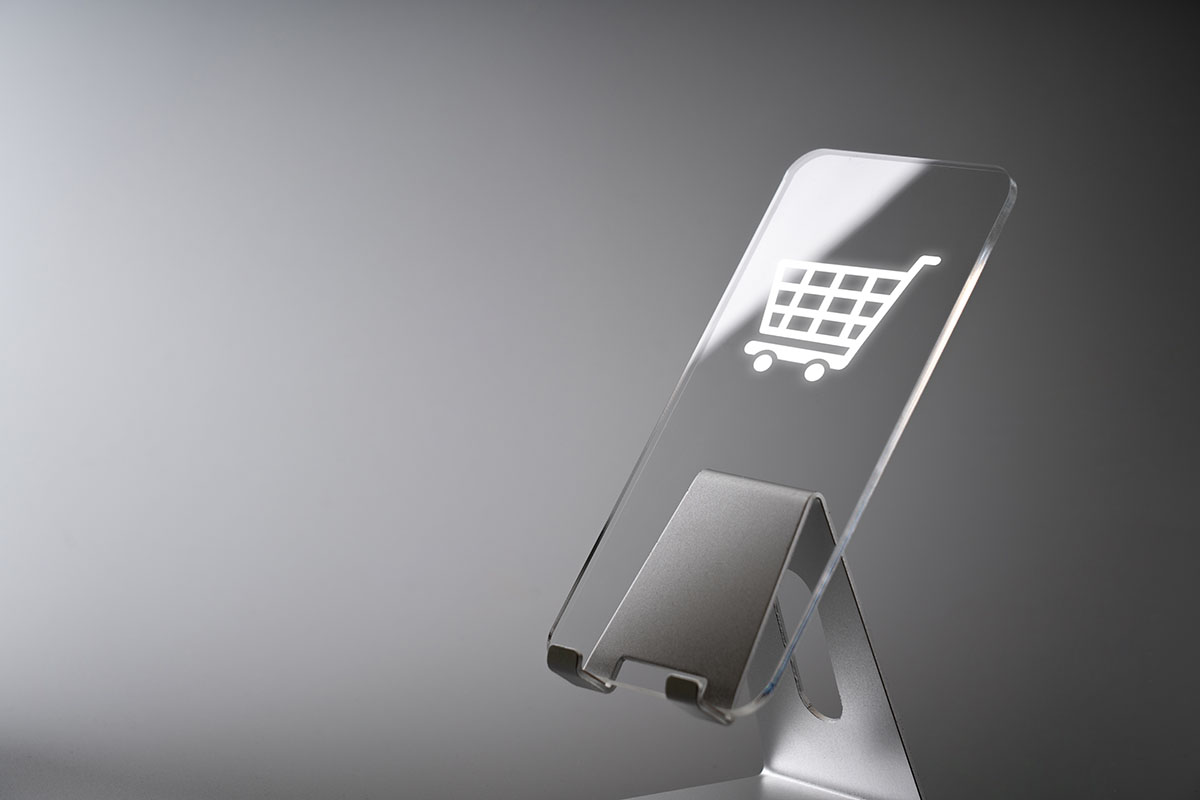Technology in Business: Can You Believe That it’s 2021 Already? (Okay, just almost there)
Twenty years ago, every company was trembling at the idea of the Millennial bug. Nowadays, the youngest generation in the workforce has never heard of the Millennial bug and even fails to understand how that would have been an issue.
Time flies and things get even quicker when it comes to tech innovations. Today’s businesses don’t need to fear a second Millennial bug with the new decade – which is good news! However, they need to be prepared to offer their customers and employees the best possible tech environment for growth, transaction, communication, and collaboration.
If technology in business wasn’t part of your business strategy for 2020, there’s still time to include these top 10 technologies in business essentials that are going to revolutionize your day-to-day work and exchange, both inside and outside the office.
Database management tools
Data merging, data purchase, data research, etc. We live in a world of data, and because data is a precious and profitable source of information, more and more businesses need to learn how to handle it on a daily basis.
Indeed, data isn’t the kind of thing you can keep in an Excel spreadsheet to consult whenever you need information. Data is alive and continually changing and evolving. As such, technology in businesses of all sizes needs to make data management services a priority investment.
You need to be able to compare SQL databases on the go and check that your databases are correct and complete when you import or purchase new information. It’s time to think of data in terms of mining and to secure the best technology to ensure you can find the gold that’s hidden inside.
An e-commerce platform
There’s a reason why Marketplaces such as Amazon are hugely popular as a top technology in business. People prefer to buy online whenever possible. Not only are online shops convenient, but they are also a lot more user-friendly. When you only need to use a filter function to find what you need, rather than walk up and down the aisles of a store, it makes no doubt that an e-commerce platform is a way forward.
Unfortunately, a lot of independent businesses and service providers have yet to make the move toward an online buying platform. The truth is that regardless of what you’re selling, your customers would benefit from an e-shop network.
Ultimately, the typical customer is busy and doesn’t want to waste time when one click would suffice to complete the purchase.
You can get a professionally designed online shop from $1,000, which makes it a significant investment for small businesses. However, it’s an investment that will allow you to reach out to a broader audience and boost your revenues.
A chatbot for your customers
Your customers have questions all the time. That’s precisely why FAQ pages are so popular. However, when the questions are getting too complicated, your FAQ page may not be able to address their concerns.
People who come to your website want to know how long it would take you to deliver their goods, which is the best choice between products X and Y, and how to find out about their order status even though they’ve lost the confirmation email.
In other words, most of your web visitors need meaningful interaction with your customer service team. That’s precisely where artificial intelligence can make a great deal of difference. A chatbot can help to tackle customers’ queries in real-time, even long after your customer service team has gone home.
Additionally, chatbots can not only make information available to your customers – when reading the FAQ section would be time-demanding – but also help to complete actions, purchases or keep the customer service up-to-date.
AR your products into your customers’ lifestyles
Augmented reality is not only a trend to chase your favorite Pokemons on the go, but it is also a smart way of bringing your products into your customers’ lifestyles. IKEA was one of the first companies to implement AR technology by allowing customers to scan items out of the catalog and virtually place set into their home. In the retail sector, AR can be a game-changer.
Think of it as using the fast lane during rush hour; you get to your destination quicker. But the principle of AR can also boost industrial markets where clients and the workforce can visualize models in real-time, for instance.
Designers can also use AR technology as an extension of their work, enabling them to share how a building or a product would look once finished, for instance.
Biometrics 
Technology in Business – biometric technology is not a novelty. However, it’s yet to make its way into small companies. In essence, the technology allows safe recognition of individuals using a biological or behavioral markup. If you are a gym-goer, for instance, you might have noticed that 24/7 gyms have introduced a fingerprint portal to keep their access secure at all times.
This is the most common use of biometric technology, and it’s now become an everyday occurrence for a lot of fitness enthusiasts. In other words, businesses can safely introduce similar applications with little risk of confusing their employees. Ideally, linked to a labor tracking tool, your biometric device can keep time and attendance along with managing access security.
It’s also a good idea to add biometric recognition for your visitors as it saves you the hassle of manual logs and ID badges. Instead, visitors gain access to authorized areas once they’ve been recognized and create digital badges for the duration of the visit.
It’s time to automate your emailing
Let’s be clear: most companies use a form or email automation. However, SMEs often favor newsletters and automated notifications of purchases, which keeps the benefits of automation to a minimum. In reality, you can use automated marketing campaigns to let your tools do the hard marketing work while you can relax.
Ultimately, it’s time for small businesses to invest in a proper automated marketing tool. The reason is that not only can they save you a lot of time once they’ve set up properly, but they also boost your conversion rate and revenue. Emails have both the highest lead generation and ROI leads of all B2B channels.
Consequently, a smart setup that includes event-based triggers – such as an abandoned cart or a meaningful milestone for your customer – and drip-feed emails – to take your customer through a conversion funnel – can completely transform your business.
Get an office camera
Video is the future of communication. With the increasing popularity of video marketing and content, it makes no doubt that every business should switch to vlogging their new content whenever it is relevant.
The advantage of a vlog – video blog – lies in the engaging format. Most people would prefer to watch a video than read a text, which means that your vlog becomes the perfect source of information, knowledge, and brand comms.
Specialist tech companies can share troubleshooting tips and installation instructions via their vlogs. B2C retailers can showcase the latest designs and care tips. The service sector can share some of its latest offers. Additionally, you can also use the video media to introduce your team and react to trends in real-time – via an interview of your in-house expertise, for example.
Collaboration tools for your team
With more and more people working from home, it’s crucial to invest in reliable collaboration tools that can help bring your team to the next level. Tools such as Slack, Asana, and Office 365, for instance, include a communication platform, a secure network to share and exchange work-related data, and a vast range of compatible tech, which makes them easier to implement in your IT solution.
Ultimately, you want your team to be able to work together on a shared project even if they are not in the same office. Consequently, it’s a good idea to try some of the tools to figure out what works best for your employees.
Hangouts options for the team & your clients
Everybody loves a group chat, especially if you add a video function to the tool. Group video chat, such as Facetime, Google Hangouts Chat, or Skype Business, not only let remote teams get together, but they can also help clients to discuss their projects too. Using a conference function, you can bring people closer.
It’s a fantastic function for anybody who wants to expand their business with international clients or providers, as more often than not, a casual chat on camera can help to breach international communication barriers!
Technology in business: Fully accessible website
Every business knows how important it is to have a responsive website. But what about creating a fully accessible website? Most people don’t know that their website needs to be accessible to screen readers — for the blind community – and include captions for audio files – for the deaf community.
Additionally, creating a layout that includes large and visible buttons to help people with reduced mobility in their extremities can encourage a broader community to interact with your offering. As the business world is evolving, people rely on technology for their everyday communication, work, and decision-making process. You can’t afford to miss your chance of growth. Tech investments are detrimental to your survival in 2020.




























